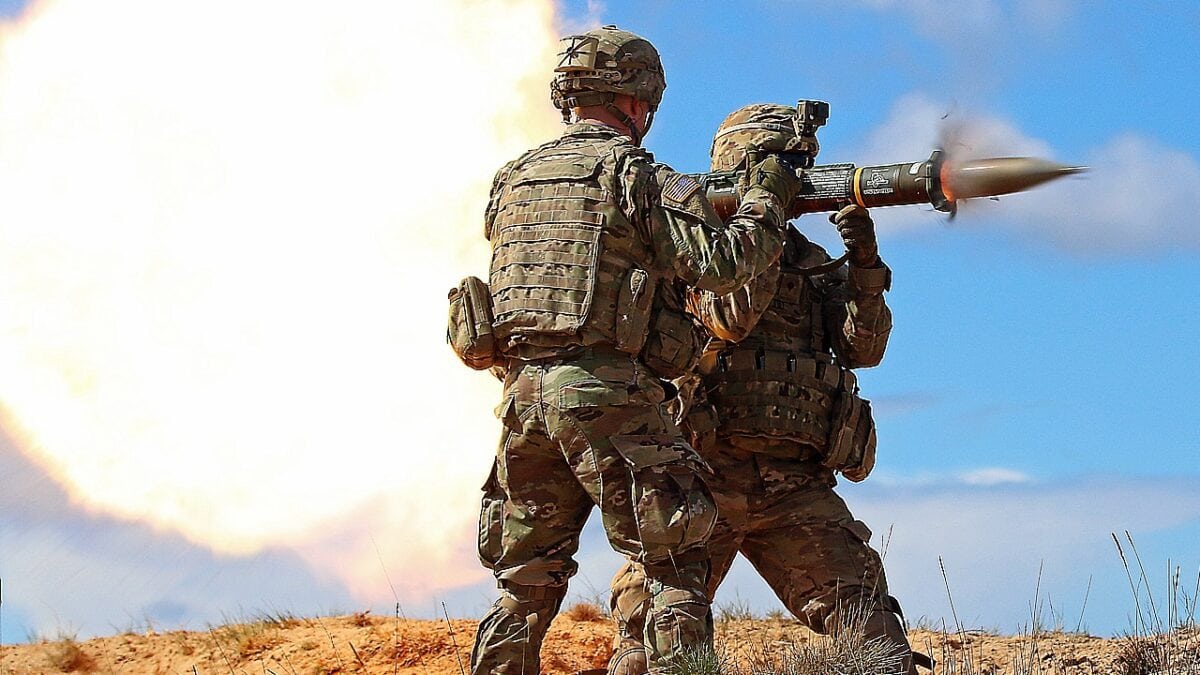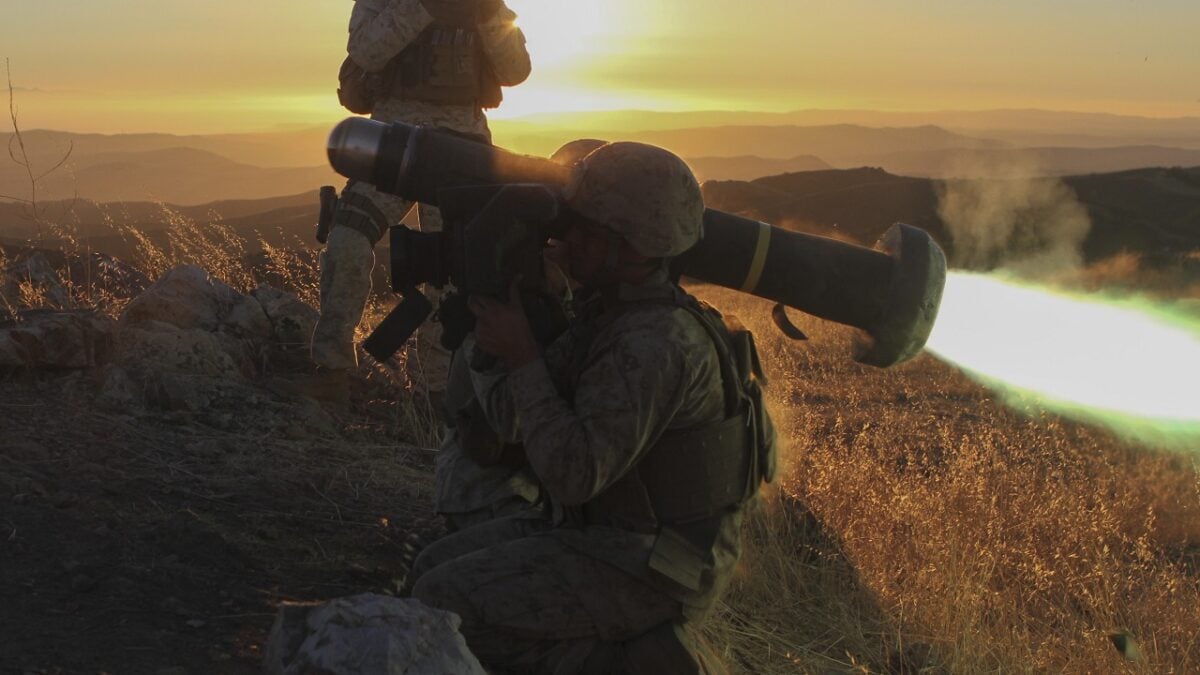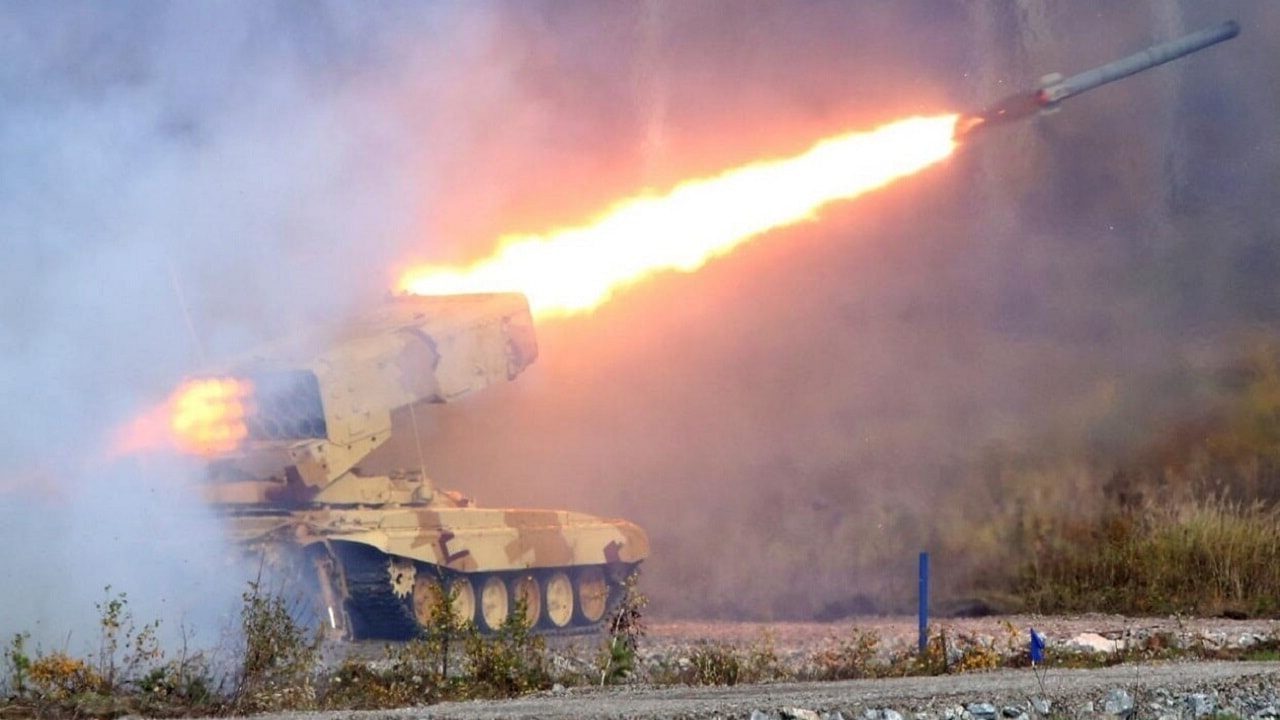Ukraine needs all the help it can to fight Russia’s massive military invasion. Here are 5 CIA covert ops that could make the difference: Let me preface this article by stating that I have absolutely zero current knowledge of any U.S. intelligence activities in Ukraine, nor would I write or speak about them if I did. I am writing this piece as a hypothetical wishlist of potential covert activities that I would like to see the U.S. government undertake in support of the Ukrainian government’s fight against an unprovoked and illegal invasion by Russia. Think of it as a position paper reflecting solely this author’s suggested courses of (covert) action that the U.S could undertake to help Ukraine win this war.
First, definitions are necessary: A covert action undertaken by the U.S. government is a single operational activity, or range of activities, planned and executed by the government — in a manner that conceals its role — in order to impact, influence, or otherwise affect conditions in a foreign country or against a non-U.S. entity (such as a transnational terrorist group, for example). A specific covert action would be authorized by a presidential finding, and would generally be focused on altering either political, economic, or military conditions abroad (or sometimes, a combination of all three). Once again, the role of the U.S. government would be both concealed and denied publicly, if necessary.
There are different statutory (legal) authorities that separately govern the U.S. Military and the Intelligence Community (IC) when each is carrying out the range of their respective activities, including covert action programs. For the purposes of this piece, I will be focused solely on “Title 50” activities, which is common shorthand for Title 50 of the U.S. Code, denoting activities of the Intelligence Community (IC). Covert Action (CA) programs, for the most part, are the domain of the IC, and specifically, the Central Intelligence Agency (CIA), despite the military’s decades-long attempts to get deeper into the CA game.
In terms of starting a CA program, first, a U.S. president authorizes it through a finding. This is essentially his order and permission to carry it out. Next, some details of the program are briefed to select members of Congress, and then the agency or agencies designated to carry out the program do so. That is the simplest way to describe how it works. With that said, below are five possible covert action programs that I would like to see the government undertake in support of Ukraine.
First, though, it is worth noting that before any CA program would be authorized or undertaken in this effort, direct engagement with Ukrainian officials to find out what exactly they would need, in terms of covert assistance, would of course be necessary. The Ukrainians would obviously know best what they need to win. A U.S. intelligence official at the level of a chief of station (or higher) should be and likely is in constant direct contact with Ukrainian intelligence leadership to ensure that these kinds of exchanges of information are occurring. Now, onto my suggested programs.
1) Direct tactical and strategic-level intelligence support
While this kind of intelligence support would not normally need to fall under a special presidential finding, as it falls under the CIA’s normal remit to work with liaison intelligence services, given the sensitivity of possible direct lethal aid being provided against Russian forces, and given that it would involve U.S. intelligence personnel on the ground in Ukraine, such support would likely need to fall under a covert action authority. Again, this would give the United States plausible deniability in terms of playing a nearly-direct role in the killing of Russian soldiers.
The CIA should be on the ground in Ukraine providing intelligence on both current and future movements and disposition of Russian forces, as well as on the plans and intentions of senior military and political leaders of Russia. This should include direct engagement with Ukrainian officials across all disciplines of intelligence collection (HUMINT, SIGINT, etc). This kind of direct assistance could play a pivotal role in providing Ukrainian decision-makers with invaluable information to counter Russian political and military maneuvers.
2) Direct targeting support
In addition to strategic-level intelligence and tactical-level order of battle information, the United States should also have personnel on the ground (covertly) providing granular-level targeting data. This would entail direct hands-on assistance in identifying, finding, and fixing Russian targets for attack.
Such targets could include senior-level Russian military commanders on the battlefield, as well as high-profile military assets like the Russian warship Moskva. It is entirely possible that U.S. assistance played a role in the sinking of the Moskva and in the successful targeting of the former Russian battlefield commanders. Again, I have no information on this, and I am only speculating.
3) Procurement and delivery of ‘sensitive’ military hardware
We have all seen the various news reports since the war began of different countries at different times raising public objections to providing certain types of armaments to Ukraine. The United States has been one of those countries. This does not mean, however, that some of these systems and platforms could not be provided to Ukraine covertly so that countries have plausible deniability.

U.S. Army Rangers assigned to 2nd Battalion, 75th Ranger Regiment, fire off a AT-4 at a range on Camp Roberts, Calif., Jan 26, 2014. Rangers use a multitude of weaponry during their annual tactical training. (U.S. Army photo by Pfc. Rashene Mincy/ Not Reviewed)

Spc. Chengjie Liu (right), fires an AT-4 anti-tank weapon as Sgt. Jacob Saccameno, both infantrymen assigned to Headquarters and Headquarters Troop, 3rd Squadron, 2nd Cavalry Regiment, supervises and assists during an anti-tank and air defense artillery range, April 23, at Adazi Military Base, Latvia. American and Latvian soldiers trained using a variety of weapons, including Javelin anti-tank missiles, Carl Gustav recoilless anti-tank rifles and the RBS-70 Short-range air defense laser guided missile system. Soldiers from five North Atlantic Treaty Organization nations, including Canada, Germany and Lithuania, have been conducting a variety of training together during Summer Shield XIII, an annual two-week long interoperability training event in Latvia. (U.S. Army photo by Sgt. Paige Behringer)
In fact, I would like to see a covert action program that facilitates the covert purchase, shipment, and delivery of certain “sensitive” armaments into Ukraine, in order to get around the political sensitives of certain countries providing arms for use against Russia. This would also allow for the creation and maintenance of an established covert delivery corridor in the event that the non-covert shipments become impossible.
4) Training in sensitive hardware, systems, and SOPs
In conjunction with the above, the Ukrainians might very well also need on-the-ground, hands-on training in how to operate some of these systems, as well as training in the standard operating procedures and tactics that accompany a certain weapons system. We should be providing personnel on a covert basis inside Ukraine to facilitate this assistance, as needed.
5) Establishing and maintaining escape routes and stay-behind infrastructure for guerrilla operations
Finally, if we are not doing so already, we should be formulating a plan for the escape of various designated Ukrainian officials from the country, or at a minimum, from the more dangerous parts of the country, as required given events on the ground. This would allow for a continued resistance directed, if necessary, from outside of Ukraine (for example, from Poland).

A Marine with Weapons Company, 1st Battalion, 4th Marine Regiment, fires an FGM-148 Javelin during a TOW battle drill aboard Camp Pendleton, Calif., Aug. 28-29, 2014. The Marines were performing basic TOW drills using live fire and maneuver to ensure they were ready for future deployments.
Going along with this should be extensive planning for, and establishment of, a resistance/guerrilla infrastructure that would allow for continued resistance in areas like the Donbas, should it be lost to Russia. This will allow Ukraine to continue to bleed Russian occupying forces and thus prevent the Russians from advancing deeper into Ukrainian territory.
Glory to Ukraine
As I stated above, I have no way of knowing if some or all of these programs — or versions of them — are already in place. I can only hope that they are so that the United States can offer to the valiant Ukrainians the greatest possible support as they stand against an illegal and unprovoked invading army. Even these limited measures could allow Ukraine to continue its relentless and glorious resistance to Putin’s invading hoard.
Frumentarius is a former Navy SEAL, former CIA officer, and currently a Captain in a career fire department in the Midwest.

